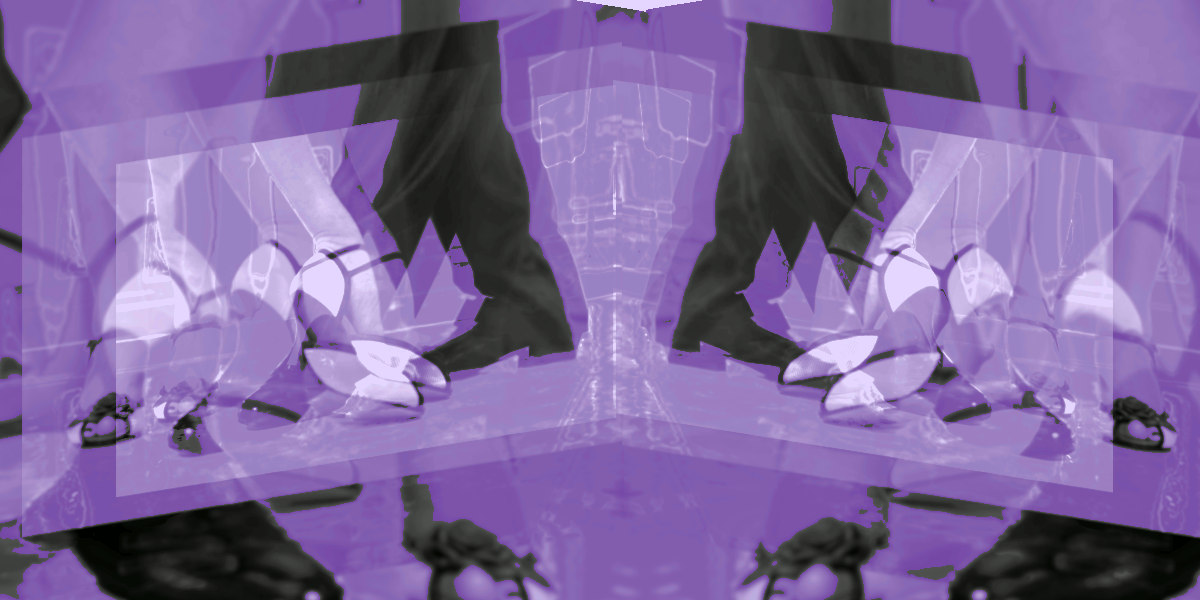Last weekend I had an amazing time dancing at the first ever Sofia Blues Festival. Social dancing is complicated for me. I love it, but it sets off my social anxiety almost every time I go to an event. I get through my panic attacks with the clever use of breathing techniques, self-massage, and drugs (which are more appropriately called medication, but since when have I been appropriate?).
One thing that really frustrates me about panic attacks is how difficult they are to describe. I want people to understand what I go through. I want to share with others who might feel the same thing and, like me for twenty years, not know exactly what they are experiencing or why. But unlike depression, anxiety has never leant itself to my style of metaphor. However, I’ve been attending the Red Sky Poetry Sessions hosted by Apples & Snakes, and this Wednesday, we talked about the publication of poetry: the awareness of audience and meta-writing experience.
I feel like, for the first time, I had the tools to begin picking apart a panic attack. This is the poem that resulted from that session, and I am too eager to share it with people to try to find a home in a magazine. So, here you go… me in raw, panic in blue.
Panic in Blue
I want to tell you about a panic attack I had this weekend.
But even as a writer, I’m unable to hold this emotion in sentences.
I can’t distance myself from that weak-veined, dry-mouthed woman enough to tell her story.
How can one express something they cannot control?
…
We break it into parts.
– – –
The first stage of a panic attack is the onset: a moment when dread, sadness, or despair overwhelms you.
Not you.
Her.
She was standing on the edge of a dance floor with a simple question to ask.
Logically, she knew it would be answered with a yes 90% of the time, and yet she froze.
This woman. This me. This being I cannot describe.
Let it be you.
…
The second stage is a desire to escape.
She went to the toilet: a confined space, painted black, with mirrors that echoed each other into infinity.
It should have ended, but didn’t.
…
Which brings us to the third phase: Discomfort without relief.
Those mirrors stretched on.
I use the second person here to capture you in that stuttering pit of repetition.
I use the third person because there she was, staring at herself, and I didn’t know who she was.
– – –
The fourth phase is physical symptoms, which were first and last and ongoing.
A racing heart becomes ellipses.
I long to fill the page with a straight line of unending dots.
Scroll.
My panic attack has become digital and the ellipses repeat until your forefinger tires and your eyes blur because the single pixel remains solid and still but the screen is moving.
Always moving.
Always.
…
The fifth stage is a fear there will be no end.
That woman in the toilet, circling the limited space, looking for a way out from that labyrinth of mirrors.
You on the couch, breathing deep, wishing people would stop passing.
Me, trying to tell you how she felt when you and I and her were one.
We took a pill and counted the seconds.
The minutes.
How long does it take for a benzo to kick in?
Longer than it takes to describe the tart and bitter of the pink crumbling pressed powder.
Longer than a swallow or a sentence.
…
We’re already in the sixth phase. Coping mechanisms.
Breathe and wait and hope and trust.
And my heart is still ellipses, which indicate an omission or continuation.
– – –
Am I leaving something out?
Or is she still here, going through this?
…


